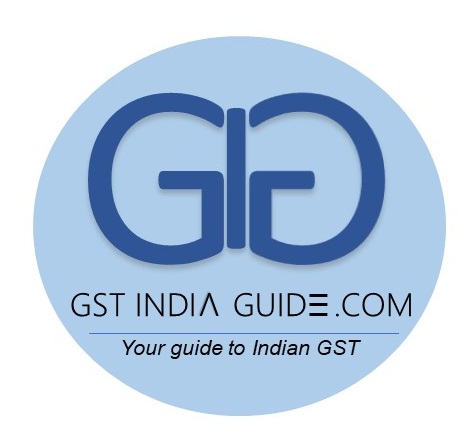The govt is about to kick off the pilot for the new GST compliance mechanism. It is hoped that this time around, the systems are tested rigorously before they are rolled out
Now that the new government is in place, it is time for fixing GST glitches, and further simplifying its structure and administration. It is heartening to note that both the ruling party and the Opposition were very vocal during the election campaign on the need to simplify the GST structure and mechanism. The very fact that India is, perhaps, the only country in the world where a government that introduced GST came back to power (and how!) should give enough boost to the newly formed government to take some radical decisions in re-hauling the GST system.
The foremost structural change must be to bring electricity, oil & gas, and real estate fully into the GST net. It is simply not done to expect robust GST collections while keeping the majority of economic transactions out of the GST net. The tax cascading caused by keeping these products beyond the GST ambit and continuing to levy other taxes, such as excise and value added tax, not only increases the cost of these products but also is an additional tax compliance burden for taxpayers in this space. Inducting a taxpayer from any of the sectors mentioned before as part of the “Ease of Doing Business” study has the potential to drag down India’s ranking. GST collections have, for the first time since July 2017, reached the Rs 1 lakh crore mark consecutively for two months, and the government should take steps to bring all constituents of the economy within GST’s ambit.
The next area for change is GST rates. Given India’s diverse economic and social structure, the inadvisability of a single rate GST is a a foregone conclusion as it can become regressive for many consumers. It is, hence, prudent to have only two GST rates instead of the many GST rates that we currently have. A third GST rate, strictly for de-merit goods/services, can also be introduced to dissuade consumers from buying them. Having said that, the government can look at implementing a two-rate GST structure, viz. a low of 6/8% and a high of 12/16%.
Next in line is the GST compliance mechanism. It has been almost two years since GST was rolled out, and the government has been nimble and agile while dealing with compliance requirements. The due dates for filing GST returns and other compliance have often been revised to accommodate delays in filing for a variety of reasons. As expected, the start of the GST compliance cycle has been a rough ride, for both taxpayers as well as tax administrators. The government is about to kick off the pilot for the new GST compliance mechanism that is expected to be simple and robust for tax registrants. It is hoped that this time around, the systems are tested rigorously before they are rolled out for the general public. The government also intends to roll out an e-invoicing system for B2B supplies, a hugely successful mechanism in the European Union. While all this is expected to make compliance easier for taxpayers, there still remains a lot of GST compliance backlog. In fact, most taxpayers, especially the small and medium ones, are struggling to meet the revised deadline (June 30) for filing of GST annual return for the nine-month period ending March 31, 2018. The reconciliation between purchase data as accounted by the taxpayer and invoice data as uploaded by vendors itself is causing tremendous anxiety, not to mention reconciliation of other data points. Frequent changes to GST rates and forms, a raft of clarifications and orders, conflicting advance rulings pronounced by various state GST authorities, etc., have eroded the charm of the simplistic GST structure.
The government has recently announced its intent to have a single authority for processing GST refunds—a very welcome move—and it should also look at a unified function for GST audits/assessments. As a pilot, the GST Policy Wing at the Centre and those in the respective states can be merged to form a National GST Policy Wing where central and state officials can discuss/debate GST policy issues and ensure their uniform interpretation across the country. This step alone will save a lot of avoidable litigation and hassles for the government and taxpayers.
In case of import of goods by a GST-registered person, the government can consider the option to link the GST payable on such import of goods to the GST return due to be filed by the taxpayer without requiring the GST-registered taxpayer to pay the GST on imports at the time of clearing goods for home consumption. As most GST-registered taxpayers claim input tax credit of the GST paid on goods imported almost immediately (wherever eligible), the working capital requirement for these taxpayers can be optimised by deferring and linking the GST on import of goods to the GST return filed in the subsequent month. This can be initially rolled out for large taxpayers with significant imports.
While many such simplification measures can be rolled out, one should remember that the GST is a journey that has its highs and lows and the government can certainly make it smoother for honest taxpayers and harder for dishonest ones!
